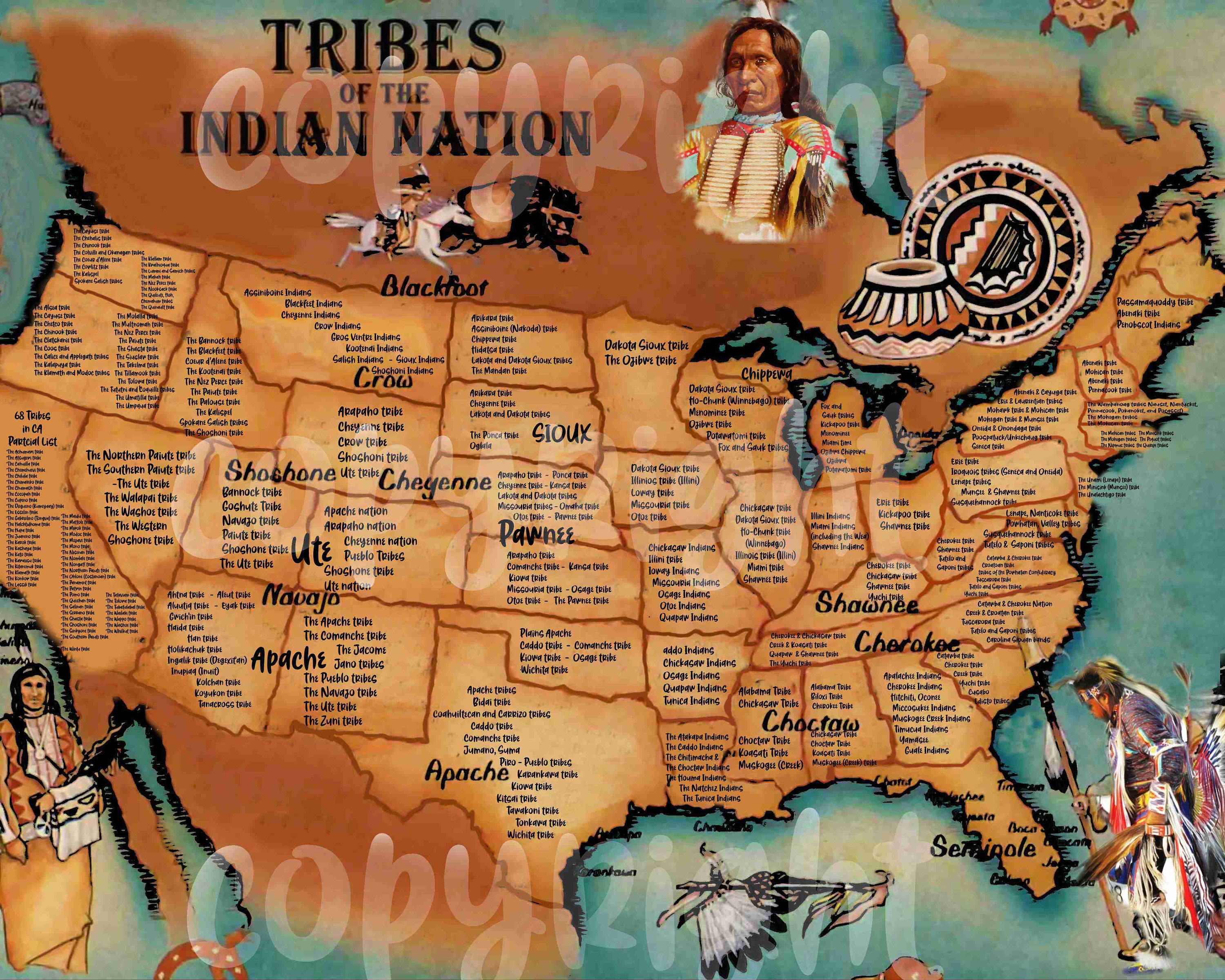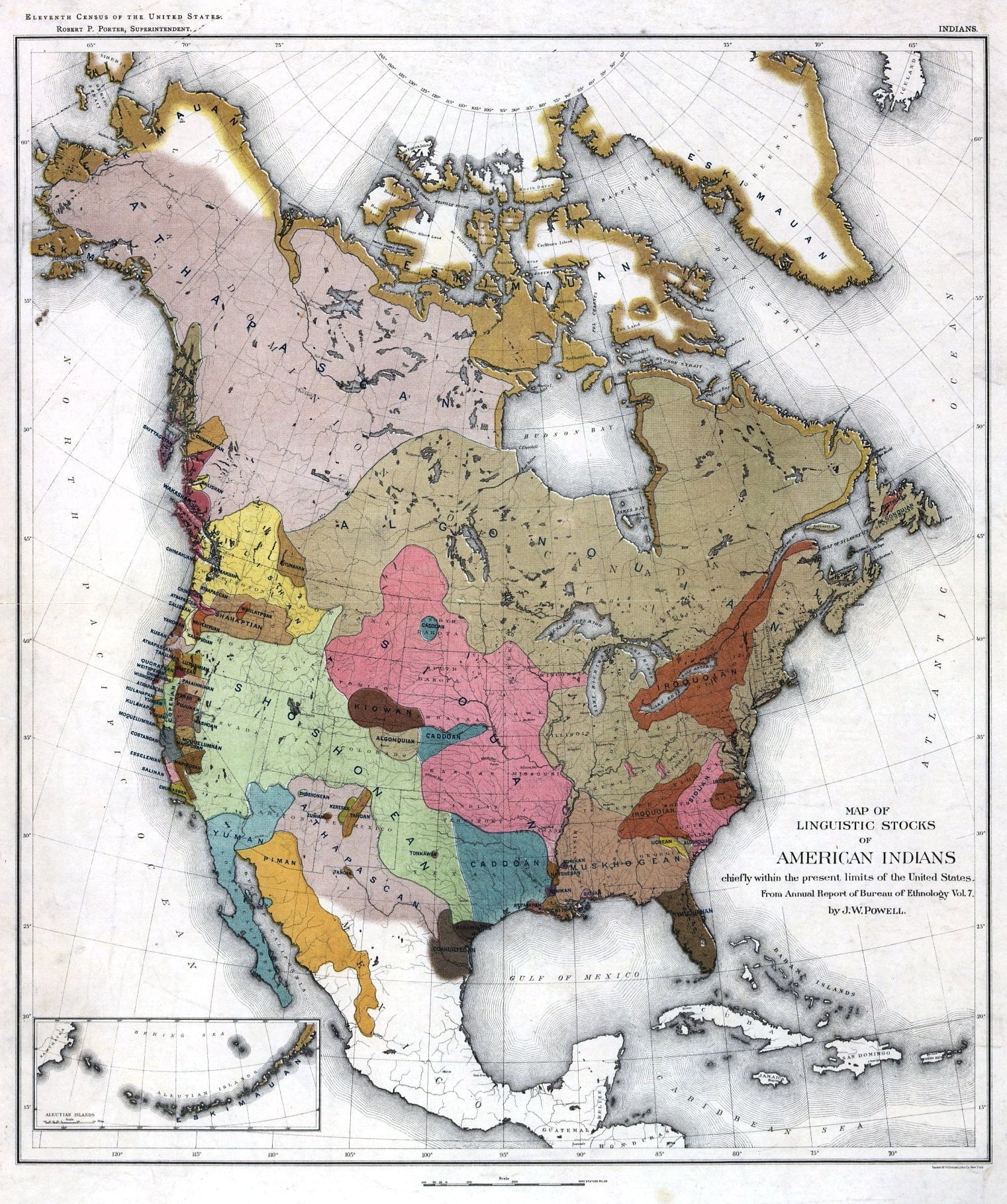
Tracing Indigenous Family History: Navigating Native American Tribal Genealogy Resources
The journey of tracing Native American ancestry is a profound quest for identity, connection, and understanding. It is a path fraught with unique challenges, yet rich with the potential for powerful discoveries. Unlike conventional genealogical research, which often benefits from readily available public records, Indigenous family history is deeply intertwined with the traumatic legacy of colonization, forced assimilation, and the deliberate dismantling of tribal structures. This necessitates a specialized approach, leveraging specific archival collections, tribal resources, and a deep respect for cultural protocols.
The primary hurdle in Native American genealogy stems from a history designed to obscure rather than preserve. Records were often created by external entities (government agencies, churches, military) with varying degrees of accuracy and intent, frequently misrepresenting names, relationships, and tribal affiliations. Oral traditions, once the bedrock of Indigenous historical knowledge, were systematically suppressed. Yet, within this complex landscape, a wealth of resources exists for those determined to uncover their ancestral roots.
The Foundation: National Archives and Records Administration (NARA)
For many, the first crucial port of call is the National Archives and Records Administration (NARA). NARA houses an immense collection of federal records pertaining to Native Americans, primarily generated by the Bureau of Indian Affairs (BIA) and its predecessors. These records are invaluable, though often requiring diligent and patient research.
Key NARA Collections:

-
Bureau of Indian Affairs (BIA) Records: This is the cornerstone. BIA records encompass a vast array of documents, including:
- Census Rolls: These are vital. While not always consistent or comprehensive, BIA census rolls, annuity rolls (records of payments made to tribal members), and school rolls can list family members, ages, and sometimes relationships. The Dawes Rolls (officially, the "Final Rolls of Citizens and Freedmen of the Five Civilized Tribes in Indian Territory") are particularly famous and critical for individuals with ancestry from the Cherokee, Choctaw, Chickasaw, Creek, and Seminole Nations. These rolls, compiled between 1898 and 1907, determined tribal membership for land allotment and remain a primary evidentiary source for enrollment in these tribes today. Similarly, the Miller Rolls for the Eastern Cherokee provide a snapshot of individuals claiming Cherokee heritage in the early 20th century.
- Allotment Records: Stemming from the General Allotment Act (Dawes Act) of 1887, these records document the division of tribal lands into individual plots. They often include detailed family information, heirship records, and maps, providing crucial links between generations and land.
- Indian School Records: Records from infamous boarding schools like the Carlisle Indian Industrial School or Genoa Indian Industrial School, while representing a dark chapter of forced assimilation, often contain invaluable genealogical data. Enrollment cards, student files, and medical records can list parents, tribal affiliation, and places of origin.
- Treaty Records: Treaties between tribes and the U.S. government can establish ancestral ties to specific tribes and lands, sometimes listing signatories or families involved.
- Probate and Heirship Records: When an individual died owning allotted land, the BIA often conducted heirship investigations to determine who would inherit the property. These records are extraordinarily detailed, often tracing family lines back multiple generations and identifying spouses, children, and other relatives.
- Correspondence and Administrative Files: General BIA correspondence can contain petitions, affidavits, and letters from individuals or families seeking various forms of assistance or recognition, often detailing family histories.

-
Federal Court Records: Records from federal district courts, particularly those in areas with significant Native American populations, might contain cases involving land disputes, tribal rights, or individual claims that include genealogical information.
-
Military Records: Native Americans served in various capacities, from scouts to soldiers. Records of military service, particularly during periods like the Indian Wars or World Wars, can provide details about individuals and their origins. The story of the Code Talkers from various tribes, particularly the Navajo, is a compelling example of Native American contributions to national defense, and their service records can be valuable.
Navigating NARA’s vast collections can be daunting. Researchers often need to identify specific agencies, record groups, and even microfilm publications. NARA’s website offers guides, finding aids, and digitized collections, but on-site visits to regional archives (e.g., Fort Worth for Oklahoma records, Seattle for Pacific Northwest, etc.) are often necessary for in-depth research.
Tribal Archives and Cultural Centers: The Heart of Indigenous History
While federal records provide a broad framework, the most authentic and culturally rich information often resides within the tribal nations themselves. Tribal archives, cultural centers, and historical departments are increasingly becoming vital resources.
Why Tribal Resources are Essential:
- Localized Knowledge: These institutions hold records specific to their community, including tribal rolls, oral histories, family registries, and traditional knowledge passed down through generations.
- Cultural Context: Tribal archivists and historians can provide crucial cultural context for understanding names, relationships, and historical events that federal records often lack or misinterpret.
- Oral Histories: Many tribes are actively engaged in collecting and preserving oral histories from elders, offering invaluable first-person accounts and family narratives that may not exist in written form.
- Direct Engagement: Contacting a tribe directly demonstrates respect for their sovereignty and self-determination. However, it is crucial to approach these interactions with patience and humility, understanding that tribal staff may have limited resources and specific protocols for sharing information. Many tribes have strict privacy policies regarding their members’ information.
It’s important to remember that each of the 574 federally recognized tribes (as of 2023) and numerous state-recognized and unrecognized tribes maintain their own distinct records and enrollment criteria. What works for one tribe may not apply to another.
State, Local, and Religious Records
Beyond federal and tribal resources, other avenues can yield surprising results:
- State Archives and Historical Societies: These institutions may hold records of state-level interactions with Native American communities, local censuses, land records, and early settler narratives that sometimes mention Indigenous individuals.
- County Records: Marriage licenses, birth and death certificates (where they exist for the relevant period), probate records, and land deeds at the county level can sometimes fill gaps or confirm information found in federal records.
- Church Records: Missionaries often kept detailed records of baptisms, marriages, and burials for Native American converts. Denominations like the Presbyterian, Methodist, and Catholic churches, which had significant missionary efforts among Indigenous populations, may hold valuable genealogical data.
The Role of DNA Testing: A Tool, Not a Determinant
In recent years, DNA testing has surged in popularity as a genealogical tool. For Native American ancestry, it offers a complex and often misunderstood utility.
What DNA Testing Can Do:
- Confirm Continental Ancestry: Autosomal DNA tests can indicate a percentage of Indigenous American ancestry, confirming a general connection to the continent’s first peoples.
- Connect to Broader Groups: Y-DNA (paternal line) and mtDNA (maternal line) tests can link individuals to specific haplogroups, which are broad genetic lineages found among Indigenous populations across the Americas.
- Identify Genetic Cousins: DNA matches can connect individuals to distant relatives, potentially leading to shared family trees and new lines of inquiry.
What DNA Testing Cannot Do (and Why it’s Crucial to Understand):
- Prove Tribal Affiliation: Crucially, DNA testing alone cannot prove enrollment in a specific federally recognized tribe. Tribal enrollment is a political and legal process based on documented lineal descent from an enrolled tribal member, often coupled with specific "blood quantum" requirements (a percentage of documented Indigenous ancestry). A DNA test might show "10% Native American" but cannot specify which tribe, nor can it provide the documented lineage required for enrollment.
- Differentiate Tribes: While DNA can identify broad Indigenous American ancestry, it cannot reliably distinguish between specific tribes, as genetic markers are often shared across geographically close or historically related groups.
- Ethical Concerns: There are ongoing ethical debates about the use of Indigenous DNA, including issues of informed consent, commercialization, and the potential for exploitation of genetic data. Some tribal nations are wary of DNA testing for these reasons.
"DNA is a fascinating tool, but for Native American genealogy, it’s a compass, not a map," notes a genealogist specializing in Indigenous research. "It can point you in a general direction, but you still need the historical documents and tribal validation to truly navigate your family’s story."
Navigating the Journey: Best Practices and Ethical Considerations
- Start with the Known: Begin by interviewing elders and family members. Oral histories are paramount in Native American genealogy. Gather names, dates, places, and tribal affiliations as far back as living memory extends.
- Work Backwards Systematically: Use a standard genealogical approach: from yourself, to parents, grandparents, and so on. Document every piece of information and its source.
- Be Persistent and Patient: Records are scattered, often incomplete, and sometimes contradictory. This research requires dedication and a willingness to explore multiple avenues.
- Understand Tribal Sovereignty: Respect the autonomy of tribal nations. Their enrollment requirements are sovereign decisions. Do not assume that finding an ancestor on a historical roll guarantees enrollment today.
- Utilize Online Resources with Caution: Websites like FamilySearch.org (free, vast collection of digitized records) and Ancestry.com (subscription-based, large user trees) have significant Native American collections. However, always verify information found in user-submitted family trees, as they can contain errors.
- Join Research Groups: Online forums, Facebook groups, and genealogical societies focused on Native American research can provide invaluable advice, shared resources, and community support.
- Respect Privacy and Cultural Protocols: Be sensitive to the often painful history associated with these records. Some information may be culturally sacred or private.
- Cite Your Sources: Meticulous documentation is crucial for accuracy and for guiding future research.
The Deeper Meaning: Beyond the Pedigree Chart
Tracing Native American tribal genealogy is more than just filling in a family tree. It is an act of reclaiming identity, honoring ancestors, and reconnecting with a heritage that was systematically suppressed. For many, it’s a journey of healing, of understanding historical trauma, and of finding one’s place within a rich and resilient cultural tapestry.
"To know where you come from is to know who you are," an elder once shared. "Our ancestors walk with us, and by learning their stories, we keep their spirit alive." This pursuit often leads to a deeper engagement with tribal culture, language, traditions, and community, fostering a sense of belonging that transcends mere lineage. It is a powerful affirmation of endurance, cultural survival, and the enduring strength of Indigenous peoples.
The resources are there, albeit requiring determination and cultural sensitivity. For those embarking on this vital journey, the rewards extend far beyond names and dates, leading to a profound understanding of self and a rekindling of ancestral connections.